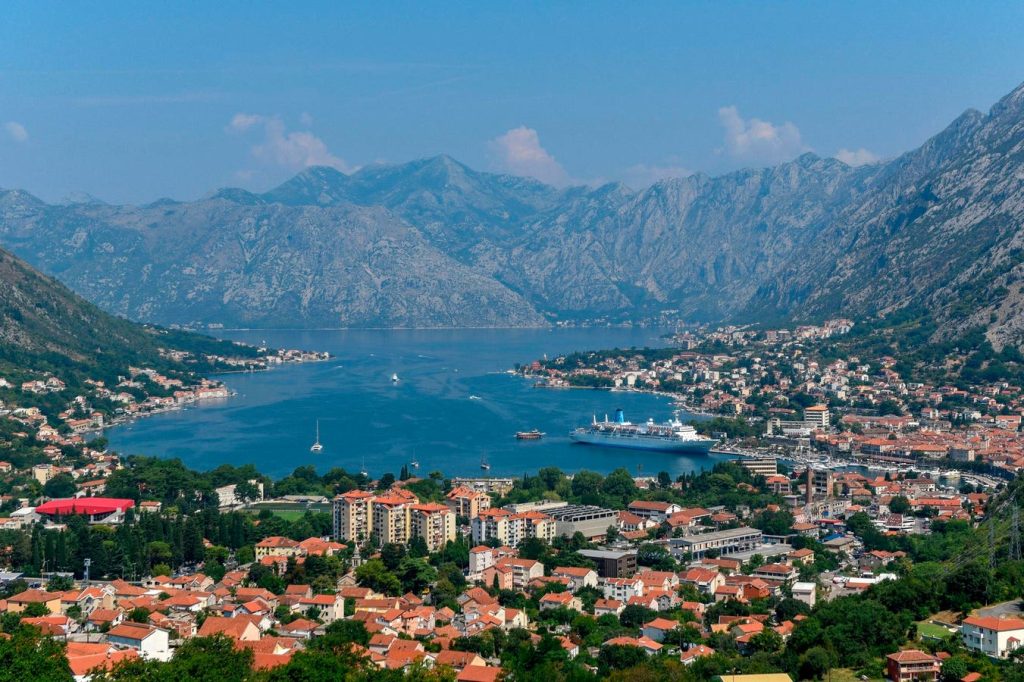Montenegro, a small mountainous country flanked by the Adriatic Sea, recently experienced a severe storm that caused flooding and damage to boats in Kotor Bay. While historical data from 1991 to 2020 does not suggest an increase in precipitation, residents believe that rainfall has become more torrential. The country is, however, experiencing a gradual increase in aridity and temperatures, with maximum summer temperatures rising more than those in winter.
Research indicates that the number of summer and tropical days and nights in Montenegro has been increasing, while the number of frost and ice days has been decreasing. This trend suggests a clear warming trend over the past 70 years. The northern part of the country, home to ski resorts, has seen significant temperature changes, with less snowfall than in previous years. Extreme weather events such as droughts and heat waves are becoming more frequent, posing challenges to agriculture, forestry, water resources, and coastal environments.
The olive industry, a significant part of Montenegro’s agricultural sector, is facing challenges due to climate change. Olive cultivation, a rain-fed practice, may become unsustainable as water availability decreases and temperatures rise. The flowering date for olives in the western Mediterranean could shift significantly earlier by the end of the century, leading to increased water demand for cultivation. These changes could have severe implications for olive production in Montenegro and beyond.
In addition to climate change impacts, Montenegro is also facing challenges from the tourism industry, which makes up 30% of the country’s GDP. The medieval city of Kotor, a top tourist attraction, sees an influx of cruise ships and tourists each season. This tourism boom attracts young people from rural communities, draining talent and resources from agriculture and other traditional industries. The rush to work on cruise ships raises questions about the future of rural communities and their ability to adapt to changing environmental conditions.
As sea surface temperatures rise and the sea level is projected to increase by 62 cm by the end of the century, Montenegro must prepare for further challenges related to climate change. The country’s unique geography and agricultural practices, including olive cultivation, will need to adapt to changing conditions. With increasing temperatures, more frequent extreme weather events, and pressures from the tourism industry, Montenegro faces a complex set of challenges that will require innovative solutions and proactive planning to ensure a sustainable future for its people and environment.


